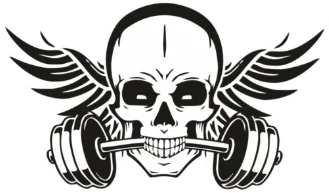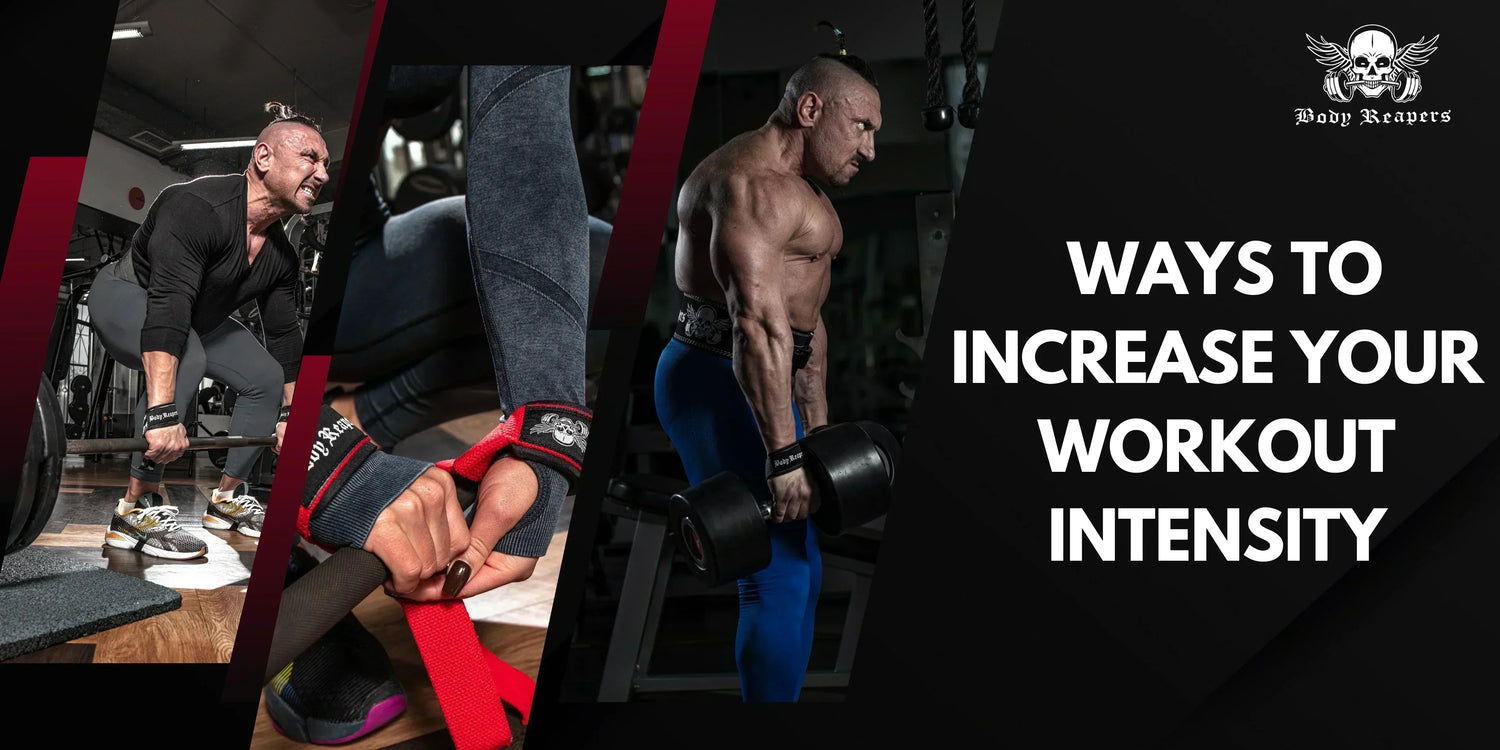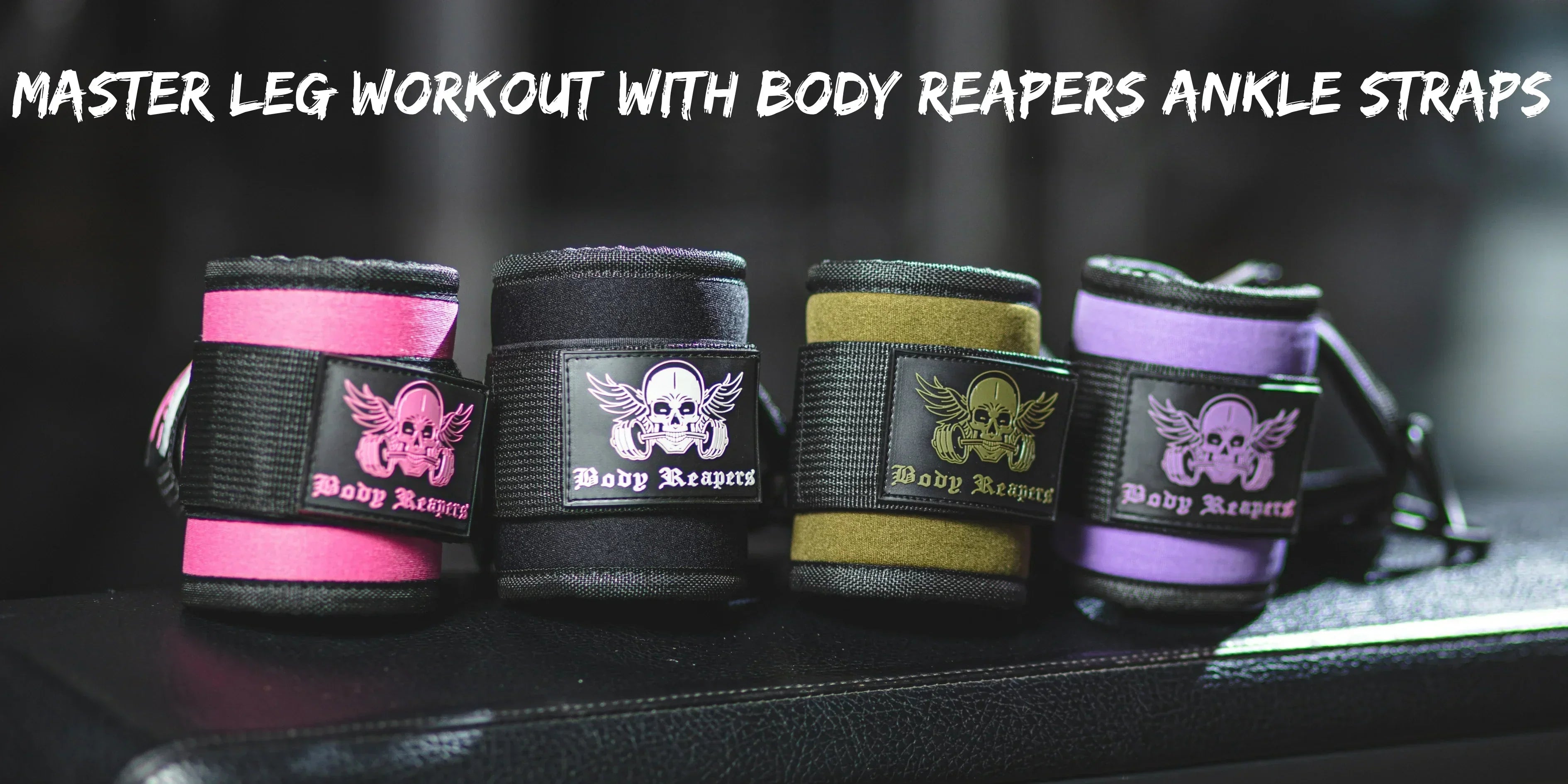Increase Your Workout Intensity
7 Expert-Approved Strategies for Elite Results
In the world of fitness, consistency is only half the battle. You need to increase your workout intensity to transform your body and performance. Whether you're a weightlifter, runner, or HIIT enthusiast, ramping up intensity is the key to smashing through plateaus and achieving next-level results.
But what exactly does "increasing intensity" mean?
Does it mean you just run faster than before as if your life depends on it?
Or does it mean you need to increase the weights to the point your muscles say ‘Nah man, I am out’.
Or does it mean you don’t take breaks at all and workout to the point you faint just like one of those incidents from school assemblies?
NONE OF THE ABOVE.
It's not just about lifting heavier weights or running faster. Actual intensity comes from strategic adjustments that challenge your body in new ways—many of which don't require any extra equipment. For serious lifters and athletes, increasing workout intensity isn't about working harder—it's about working smarter.
While beginners can progress by simply adding weight to the bar, experienced trainees need more sophisticated methods to continue making gains. This comprehensive guide explores eight proven strategies to increase your workout intensity, grounded in exercise science and practical application. The key distinction? We're not talking about mindless suffering or arbitrary challenges. These methods manipulate specific physiological triggers for optimal results:
- Mechanical tension (maximizing muscle fibre recruitment through precise loading and technique)
- Metabolic stress (creating cellular fatigue to stimulate hypertrophy)
- Neurological adaptation (improving movement efficiency for greater power output)
Sports science research has validated and proven the following eight strategies in elite training environments. They represent the most effective ways to increase your workout intensity when traditional progressive overload stalls. Each method offers unique benefits for strength, hypertrophy, and performance, from manipulating rest periods to advanced fatigue techniques. Let's dive in.
1. Strategic Rest Period Manipulation
Most people don't realize this, but how long you rest between sets can make or break your gains. You've probably heard the old-school advice—take 60-90 seconds to recover. But what if I told you that cutting those rest periods in half could supercharge your results?
Why Shortening Your Rest Works
Science backs this up. Studies show that when you slash rest times to just 30-45 seconds between sets, crazy things happen:
- Your body pumps out up to 200% more growth hormone (aka the muscle-building and fat-burning MVP).
- Lactic acid builds up faster—which sounds painful but forces your muscles to grow.
- Over time, you'll notice you can handle more volume without gassing out.
How to Do It Without Burning Out
Here's the trick: Don't just stand there scrolling your phone between sets. Pay attention to your breathing. The second it steadies (usually around that 30-45-second mark), go again—even if you need to drop the weight a little.
Remember, it’s NOT about lifting heavier or running faster, it’s about MOVING YOUR BODY before it comes to an absolute rest, before it logs itself out of the heat period.
This turns your usual workout into a brutal (but effective) endurance game. Think of it like HIIT for weightlifting.
Who Should Try This?
- Strength athletes stuck on a plateau
- Cardio haters who want conditioning benefits without treadmill torture
- Anyone chasing that "pump"—shorter rests keep muscles under tension longer.
Pro tip: Pair this with back-to-back exercises (supersets) for next-level intensity.
2. Supersets: The Art of Paired Exercises

Supersets represent one of the most efficient ways to increase your workout intensity while saving time. By performing two back-to-back exercises without rest, you maintain elevated heart rates while targeting complementary muscle groups, doubling your workout density. This method maximizes gym efficiency and creates superior metabolic stress, triggering greater muscle growth and endurance adaptations.
Advanced Variations:
• Antagonistic supersets (e.g., bench press → bent-over rows) improve recovery between sets by alternating push/pull movements while keeping the intensity high
• Pre-exhaust supersets (e.g., leg extensions → squats) force targeted muscles to work harder during compound lifts by fatiguing them first
• Compound supersets (e.g., deadlifts → pull-ups) combine two demanding movements for systemic fatigue and cardiovascular challenge.
A study published in the Journal of Sports Sciences found that athletes using antagonistic supersets achieved 18% greater volume in the same timeframe than traditional training. Implement 2-3 supersets per workout, focusing on proper form despite accumulating fatigue for best results. This technique works particularly well when time-constrained but shouldn't replace all traditional sets in your program.
3. Mastering Time Under Tension (TUT)
Let's talk about something most lifters completely ignore - how long your muscles are working during each rep. See, most guys throw weights around like they're in a hurry to finish—big mistake. If you want real growth, you need to make every second count. That's where time under tension (TUT) comes in - and trust me, it's a game changer.
Here's the golden formula
- Take four full seconds to lower the weight (feel that burn!)
- Pause for 1 second at the bottom (no cheating!)
- 4 more seconds to lift it back up (control is key)
- Squeeze hard for 1 second at the top (make those muscles scream)
Let's say you're benching. Usually, you'd knock out a rep in 2 seconds flat. Do it this way instead, and suddenly, that same rep becomes a 10-second torture session for your chest. And here's why it works: science shows slowing down the lowering phase recruits 22% more of those big, growable muscle fibres.
Try this tomorrow:
Do your pull-ups with this tempo. Lower yourself for 4 agonizing seconds, hang for 1, pull up for 4, and squeeze your back hard at the top. Fair warning - you might need help removing your shirt the next day.
4. Drop Sets: Engineering Muscle Fatigue

Drop sets take traditional training to the next level by extending sets beyond failure. After completing your final rep at a given weight, immediately reduce the load by 20-30% and continue repping out. This technique is a powerful way to push your muscles past the point of fatigue, improving muscle endurance and growth.
Why It Works:
- Triggers 300% greater lactate accumulation than straight sets, enhancing muscle burn.
- Stimulates satellite cell activation, promoting long-term muscle growth.
- Increases metabolic stress without placing additional strain on the joints.
Pro Tip: Try triple drops on the leg press for the legs. Start with a heavy weight, then drop weight twice while maintaining tension. The pump will be unlike anything you've experienced, effectively fatiguing the muscles for optimal hypertrophy.
5. Pre-Fatigue Techniques for Targeted Growth
Did you notice how your bench press relies more on the triceps than the chest? Pre-fatigue solves this by first exhausting supporting muscles, forcing the target muscle to take on more load. This technique helps to shift the emphasis to lagging muscles and ensures they receive the maximum benefit.
Example Protocol:
- Isolation first: Start with 3 chest flyes (8-12 reps) to pre-fatigue the chest.
- Compound after: Follow up with 3 sets of bench presses, using 10% less weight than usual.
This method maximizes muscle activation and reduces injury risk by avoiding the need for heavy weights right from the start. Just be sure to use a spotter for safety, especially when lifting reduced weights under fatigue.
6. Circuit Training for Metabolic Domination

Circuit training provides unmatched intensity for those seeking fat loss alongside strength gains. By chaining exercises with minimal rest, circuit training creates both muscular and cardiovascular challenges, making it an efficient way to burn fat and build muscle simultaneously.
Sample Elite Circuit:
- Barbell squats (8 reps)
- Pull-ups (max reps)
- Military press (8 reps)
- Plank (hold for 60 seconds)
Instructions: Repeat the circuit for 4 rounds with only 90 seconds of rest between each round.
This approach significantly boosts EPOC (Excess Post-Exercise Oxygen Consumption), increasing post-workout calorie burn by up to 38% compared to traditional training methods. Combining strength exercises and minimal rest helps maintain a high heart rate, improving muscular endurance and cardiovascular fitness while accelerating fat loss.
7. Periodized Rep Ranges for Continuous Adaptation
Your body adapts to any repetitive stimulus, so cycling through different rep ranges is key to ensuring continuous progress. Periodizing your rep ranges helps target different fitness goals—strength, hypertrophy, and endurance—while avoiding stagnation.
Sample Phases:
- Strength Phase (3-6 reps): This phase builds maximum strength by focusing on heavy weights with long rest periods (3-5 minutes).
- Hypertrophy Phase (8-12 reps): Use moderate weights with 60 seconds of rest. This phase is ideal for muscle growth.
- Endurance Phase (15-20+ reps): Lightweights with minimal rest (30-45 seconds). This phase targets muscular endurance.
Elite powerlifters and bodybuilders use this periodization technique to prevent plateaus and encourage balanced, well-rounded development across all aspects of fitness.
Conclusion: The Path to Next-Level Gains
Increasing your workout intensity through these eight methods provides what every advanced trainee needs—new challenges that bypass adaptation. The key lies in implementation:
- Track everything: Note rest times, TUT, and volume of each session
- Progress strategically: Add one intensity technique at a time
- Listen to your body: These methods create significant fatigue
By applying these strategies, you'll push through plateaus and take your fitness to new heights. Keep challenging yourself with these methods, track your progress, and prioritize recovery to ensure sustained growth. With commitment and consistency, your next-level gains are just around the corner!
Got questions or suggestions? Hit us up on our Instagram. https://www.instagram.com/bodyreapers/
Reading Listing
Best Workout Bands for Strength Training
7 Best Bench Press Accessory Exercises to Boost Your Strength





Leave a comment
This site is protected by hCaptcha and the hCaptcha Privacy Policy and Terms of Service apply.